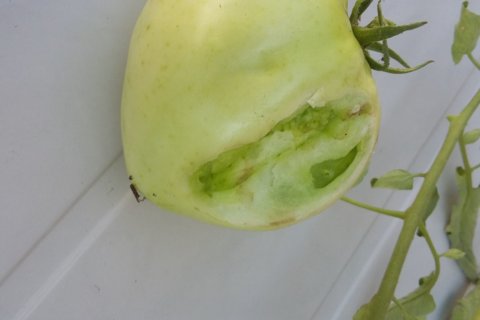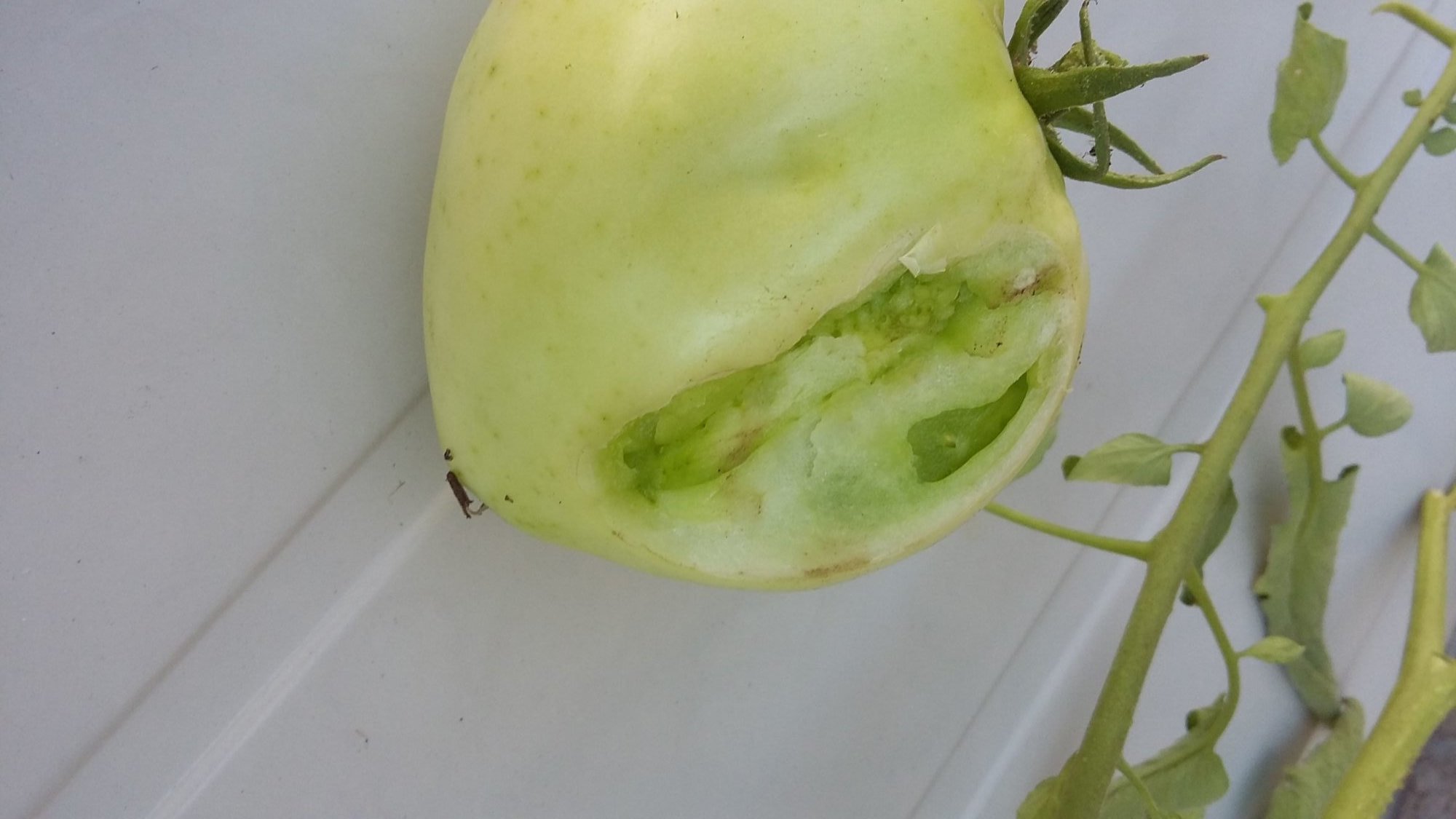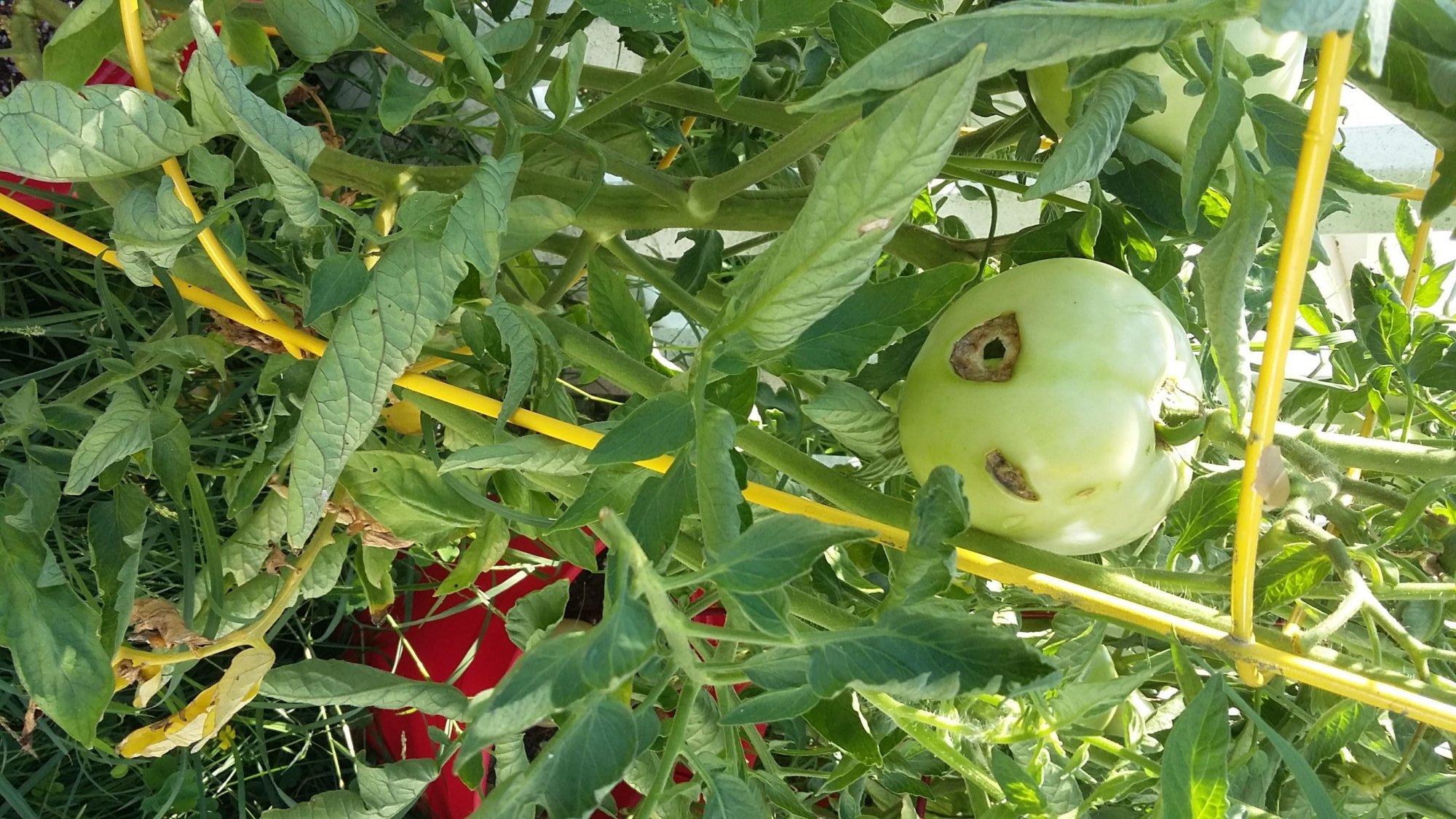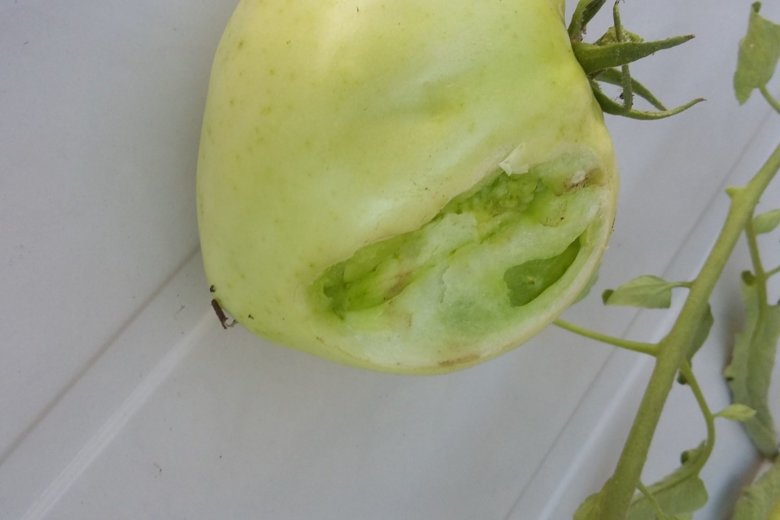
Find out how to save the lilacs and how to keep critters off your tomatoes before they even redden.
Which wood is the worst wood mulch?
“KJ” in Kensington, Maryland: “I am trying to learn what you meant by the phrase ‘trash wood mulch’ that you used last week. Is this different from tree wood mulch? We use tree wood mulch and have not had any fungus attacks yet. Should we continue?”
As many state Extension websites reveal, dyed wood mulch — even if it is labeled something like “triple premium shredded bark” — often contains nasty stuff, such as construction debris, pressure-treated wood and chipped-up insecticide-soaked pallets. It is trash.
However, “arborist wood mulch” — from tree-trimming crews — is free of these contaminants, but it will still breed nuisance molds, such as stinkhorn and artillery fungus.
Save the lilacs
Robert in Silver Spring, Maryland, writes: “Several lilacs in my neighborhood, including mine, look like they are dying (drying up). This happened all of a sudden within the last 2-3 weeks. Is there a disease that has reared its ugly head? No other species of tree or shrub seems to have been affected, just the lilacs.”
Lilacs are one of the biggest drama queens in the garden, Robert. They always seem anxious to acquire any disease. although none of the most common ones match your symptoms.
So let’s drop back to basic care: Clear away any other plants at the base. Don’t injure the trunk with weed whackers. Get rid of any kind of wood or bark mulch; replace it with 2 inches of high-quality compost (not composted manure).
What’s eating Silvio’s tamatas?
Silvio in Fort Washington, Maryland, writes: “I am new to the area and decided to plant some tomatoes in containers this year. The plants are doing very well, but something is eating the tomatoes before they can turn red. It seems like there might even be two different problems. Lucky me. I am sending two photos, one of a tomato that has small holes in it; the other looks like something larger gnawed on it. Do I need to throw all the plants out?”
No, Silvio. The chunked-out ones look like slug damage.

Wait until dusk, crack open a can of yeasty beer and use it to fill small containers at the base of the plants. If the containers are filled with dead drunken slugs in the morning, spread pellets of the new generation of slug baits that contain iron phosphate as their active ingredient, like Sluggo and Escar-Go. That will solve your slimy problem.
‘Holy green tomatoes, Batman!’
The little holes look to be the work of tomato pinworms, aka tomato fruit worms.

These little caterpillars burrow into green tomatoes and ruin the fruit. But because they are true caterpillars, the answer is easy — weekly sprays of Bt.
Sold under brand names, such as Dipel, Thuracide and Green Step, Bt only affects caterpillars that chew on or into the sprayed plants and nothing else.
Now is the time for all good gardeners to come to the aid of their lawns
August has arrived, and that means those of you with ratty-looking lawns need to get cracking!
Although stores will be happy to sell you the seed of cool-season grasses, such as fescue and Kentucky Blue in the spring, the soil is too cold for these grasses to sprout. And any baby grass that does pop up gets burned to a crisp in the summer heat.
But in two or three weeks, the intense heat will start to back off, and the soil will be the perfect temperature for fast germination.
So whether you’re starting over, filling in bare spots or overseeding, now is the time to start spreading compost to provide a rich seed bed and to be selecting the right seed for your specific conditions. (Which means matching what you already have or making sure you choose creeping fescue for shady spots.)
Don’t think you can wait. Mid-August to mid-September is the perfect time to establish or improve a cool-season lawn.
P.S: Warm-season grasses, such as zoysia and Bermuda, are established in the spring.
Mike McGrath was editor-in-chief of ORGANIC GARDENING magazine from 1990 through 1997. He has been the host of the nationally syndicated public radio show “You Bet Your Garden” since 1998 and WTOP Garden Editor since 1999. Send him your garden or pest control questions at MikeMcG@PTD.net.








